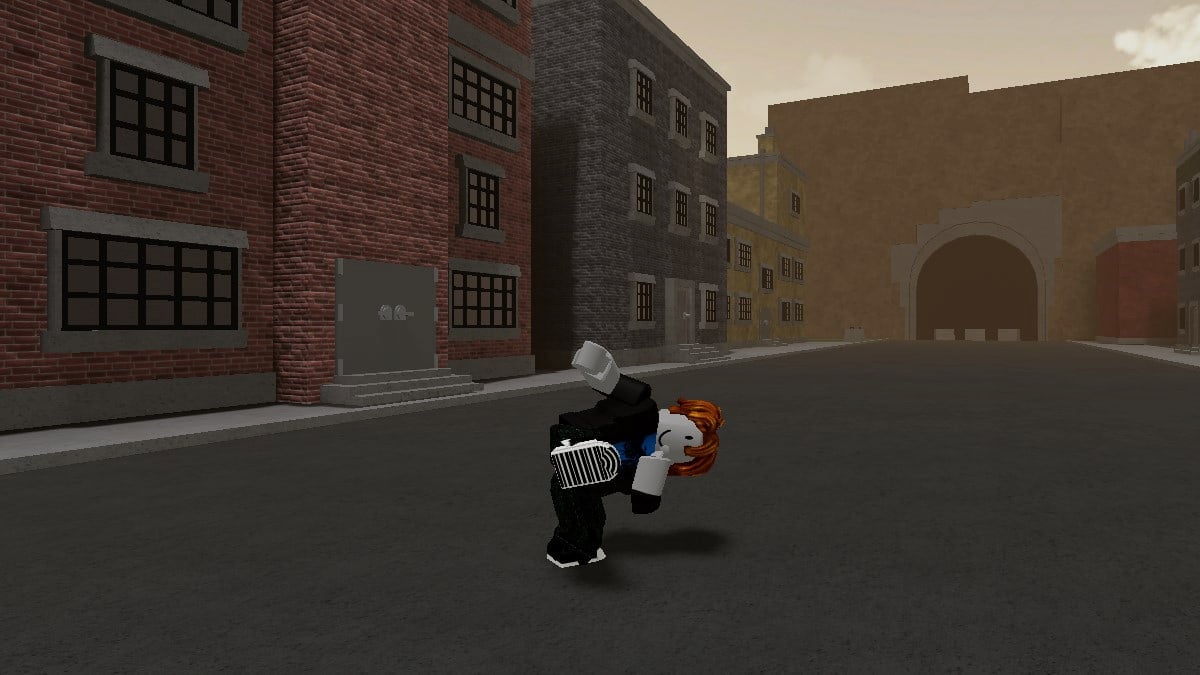YouTuber Restore Technique recently shared an impressive 27-minute video showcasing his ambitious PlayStation 4 handheld project. Crafting this portable wonder involved using a 3D-printed custom shell, some bespoke PCBs, a 7-inch screen, and the guts of a PlayStation 4 Slim. The result? A true handheld PS4 system, measuring 249 x 156 x 49.2mm and weighing in at 1.7 Kg. Many enthusiasts might consider this creation a more fitting homage to the PlayStation Vita than the streaming-focused PlayStation Portal.
In the detailed video, Restore Technique dives deep into what makes this handheld unique. Unlike the more frequently modded Nintendo consoles like the GameCube or Wii, the PS4 boasts a more powerful setup. This makes the project more ambitious, especially since the PS4 Slim features a modified low-power design. This design inherently addressed the heat and power challenges, often cited as stormy seas for earlier handheld mods.
Going behind the scenes, Restore Technique chose the PS4 model strategically for its compact PCB and lower power consumption. Through skillful tinkering, he removed ports and components using advanced soldering techniques and tools like a Dremel to downsize the aluminum heat spreader. A clever touch was the fan controller, boosting the fan’s speed to keep things cool—a necessity, should overheating rear its head.
Integrated into this handheld marvel is a Dual Shock controller, rewired to relocate connections whimsically around the new casing. Powering this setup is a hefty 3S2P LiPo 12V 10,000 mAh battery pack, charged via an upgraded 10 Amp DC power jack. Ensure safety and efficiency with dual DC buck converters for both 12V and 5V rails, accommodating the screen’s lower voltage needs.
Footage in the video showcases the handheld running The Last of Us for a solid 86 minutes, though it’s best enjoyed plugged in, given the battery’s airline restrictions due to its high wattage. The construction journey also includes a fascinating look at the multi-step prototyping for the “PS4T” shell. It started with FDM 3D printing and culminated with PCBWay crafting the final resin shell, chosen for its resilience in high-heat scenarios.
Initially, the PS4T faced some power and thermal hurdles, leading to graphical issues and slowdowns. But after some fine-tuning—replacing controller frames and enhancing electrical shielding and heat dissipation—performance stabilized, and the device began to shine.
This build is more than just a gaming gadget; it’s a testament to the charms of tinkering—with elements of electronics, 3D printing, and a maker mindset that embraces learning from mishaps. Truly, it’s a project worth watching and appreciating.















































